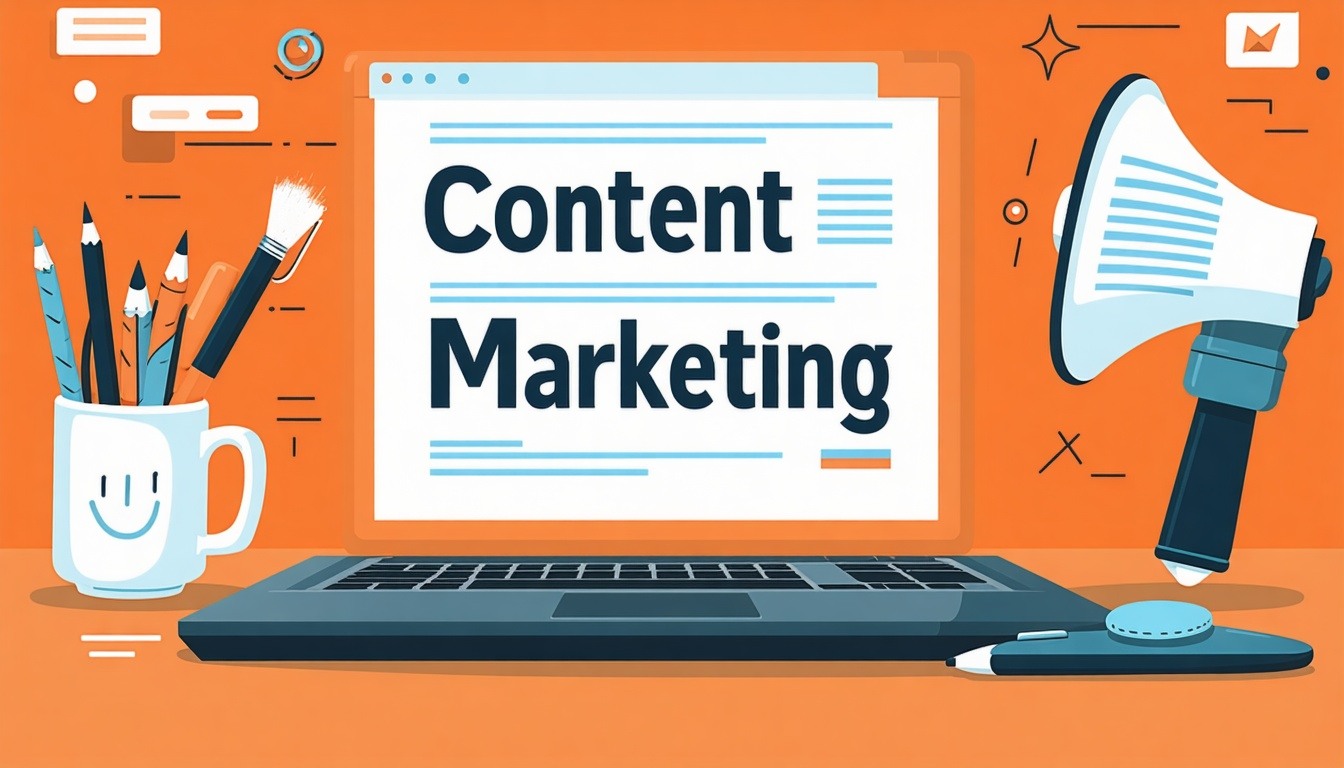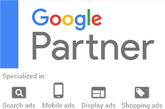Optimizing your website for SEO doesn’t require hundreds of tactics—it requires a clear strategy based on where your website stands today.
Whether your site is brand new or struggling to rank, your starting point matters. A one-size-fits-all checklist won’t help. What you need is a tailored plan of attack based on real-world SEO conditions.
At Theia Media, we cut through the fluff and help you focus on what drives results. Let’s break it down.
Choose Your Starting Point
Your site’s current status determines the right path forward. Here’s where to focus depending on what stage you're in:
|
If your site is…
|
Step One
|
Step Two
|
Why it matters
|
|
New (less than 6 months old)
|
Set up Google Search Console
|
Create content targeting specific keywords
|
It gets your site indexed and builds relevance from day one.
|
|
Getting little or no traffic
|
Research keywords your audience uses
|
Optimize your page titles & descriptions
|
This attracts the right visitors and boosts click-through rates.
|
|
Attracting visitors but not converting
|
Improve site speed & navigation
|
Add helpful, detailed content
|
UX and clarity build trust—and trust drives action.
|
|
Losing rankings or traffic
|
Run a technical SEO audit
|
Refresh older content
|
This catches crawling issues and keeps content from becoming outdated.
|
|
Ranking for some topics but not others
|
Link from popular to underperforming pages
|
Expand content depth on those pages
|
Internal linking and content strength support better visibility.
|
Once you know your starting point, focus on these four key SEO pillars.
1. Create High-Quality Content That Actually Ranks
SEO starts with content. But not just any content—strategic content that aligns with what your audience actually searches for.
Find and Target the Right Keywords
Keywords are the exact terms your customers use on Google. Without them, you're building content in the dark.
Here’s how we recommend finding the right ones:
- Start broad: Think “interior design tips” or “HVAC repair.”
- Use tools like Semrush or Ubersuggest to find related terms.
- Focus on keyword opportunities with moderate traffic and lower competition.
Once you’ve picked your keywords:
- Use them in your title tag, H1, URL, and within the first 100 words.
- Avoid stuffing. Write like a human.
- Build a dedicated page for each major keyword (no Frankenstein pages).
- Support with related terms: Google loves semantic clarity.
Example: If you’re targeting “roof replacement cost in Florida,” create a full guide around that term. Use variations like “how much does a new roof cost” and “average roofing prices in FL” to support it naturally.
Match Search Intent
Search intent refers to the primary goal a user has when they enter a query into a search engine. It's one of the most important aspects of SEO because matching your content to the intent behind a search ensures relevance and improves your chances of ranking.
There are four main types of search intent:
- Informational Intent: The user wants to learn something or gather information.
Example: “how to clean pool filters,” “what is a heat pump?”
- Commercial Intent: The user is considering different options and comparing before making a purchase.
Example: “best air purifiers 2024,” “top rated solar panels for homes”
- Transactional Intent: The user is ready to take action—buy, sign up, schedule, etc.
Example: “buy lawn care service near me,” “schedule dentist appointment Sarasota”
- Navigational Intent: The user is looking for a specific website or page.
Example: “Theia Media Facebook page,” “Apple product support”
To align your content with search intent:
- Google your target keyword and examine the top results
- Note the type and format of content (blog, product page, comparison guide)
- Structure your page similarly, while improving clarity and depth
Make It Useful and Unique
What makes content worth ranking?
- Original insights: Case studies, personal experience, actual data
- Depth: Cover the topic completely. Answer every likely question.
- Readability: Use plain language. Show, don’t just tell.
Example: A Sarasota home remodeler might write “Our 6-Month Home Renovation Timeline (With Photos),” detailing each phase of a recent job—something competitors likely don’t have.
Structure It for Clarity
Use HTML headers to organize your content:
- H1: Page title (once only)
- H2s: Main sections
- H3s: Subtopics under those sections
Also:
- Use short paragraphs
- Break up text with bullets and visuals
- Bold key ideas for skimmers
2. Make Your Website Easy to Understand (For Users and Search Engines)
Great content means nothing if search engines can’t understand or access it.
Write Strong Titles and Meta Descriptions
Your title tag is the clickable headline that appears in search results. It’s a critical on-page SEO element that tells both search engines and users what your page is about.
To write a strong title tag:
- Keep it under 60 characters
- Put your main keyword at the front
- Reflect the search intent
- Match or complement your H1 tag
Your meta description is a short summary that appears below the title. While not a ranking factor, it influences clicks.
To optimize your meta description:
- Keep it under 105 characters
- Include the main keyword naturally
- Add a benefit-driven statement or CTA
Use Internal Links Strategically
Internal links guide users to other relevant content on your site and help search engines understand the structure and hierarchy.
Best practices:
- Use keyword-rich anchor text
- Link from high-authority pages to new or weaker pages
- Build topic clusters with logical internal linking
Use Clean URLs
SEO-friendly URLs are short, descriptive, and keyword-rich. Avoid symbols, unnecessary numbers, or parameters.
Good: /bathroom-remodel-cost Bad: /page?id=52&ref=tracking
Optimize Images
Well-optimized images improve UX and can drive traffic from image search.
- Use descriptive file names
- Add relevant alt text (screen-reader friendly)
- Compress image size for faster load speed
- Use responsive image formatting for mobile
3. Build Authority with Backlinks
Backlinks act as endorsements from other websites. The more high-quality sites that link to your content, the more authoritative your site appears in Google's eyes.
Create Link-Worthy Content
Some content naturally attracts links because it offers value others want to reference:
- Industry research and reports
- In-depth guides or tutorials
- Case studies
- Infographics and data visualizations
Focus on unique data, original insights, or resources that fill an information gap in your niche.
Reach Out for Links
Sometimes the best backlinks come from good old-fashioned networking:
- Identify sites linking to similar content
- Reach out with a personalized pitch
- Offer your content as a better, updated, or complementary resource
4. Fix Technical SEO Issues (They’re More Common Than You Think)
Your content can be amazing. But if your site is broken behind the scenes, your rankings will suffer.
Make Sure Google Can Find You
- Set up Google Search Console
- Submit your sitemap
- Fix crawl errors or 404s
- Use "Inspect URL" in GSC to check index status
Improve Page Speed
- Use PageSpeed Insights
- Compress images
- Minify CSS and JS files
- Eliminate unnecessary plugins
- Consider upgrading your hosting
Make It Mobile-Friendly
With mobile-first indexing, your mobile performance is your SEO baseline.
- Use responsive design
- Ensure buttons and forms are tappable
- Check navigation and font sizes on small screens
- Run mobile usability reports in Google Search Console
Final Thoughts
SEO isn’t about gimmicks or guesswork. It’s about strategy, clarity, and consistency.
Whether you’re just starting out or trying to recover lost rankings, focus on where your site is right now and move forward from there.
At Theia Media, we partner with local businesses who want their websites to work—not just look good. That means building with SEO, conversion, and long-term growth in mind.
If you’re serious about building a site that ranks, converts, and drives revenue, we’re here to help.
Want us to audit your website and show you exactly what to fix—so it actually performs?
At Theia Media, we don’t just give vague advice or surface-level suggestions. When you book a free strategy call with our team, we take the time to understand your goals, analyze your current website, and identify the specific opportunities that will move the needle for your business.
Whether you're struggling with visibility, confused about conversion paths, or simply not sure where your marketing dollars are going—we’ll give you direct, actionable insights and a roadmap for results. No fluff. No obligation. Just clarity. Ready to turn your website into a true growth asset?
Book your free strategy call to get started.









